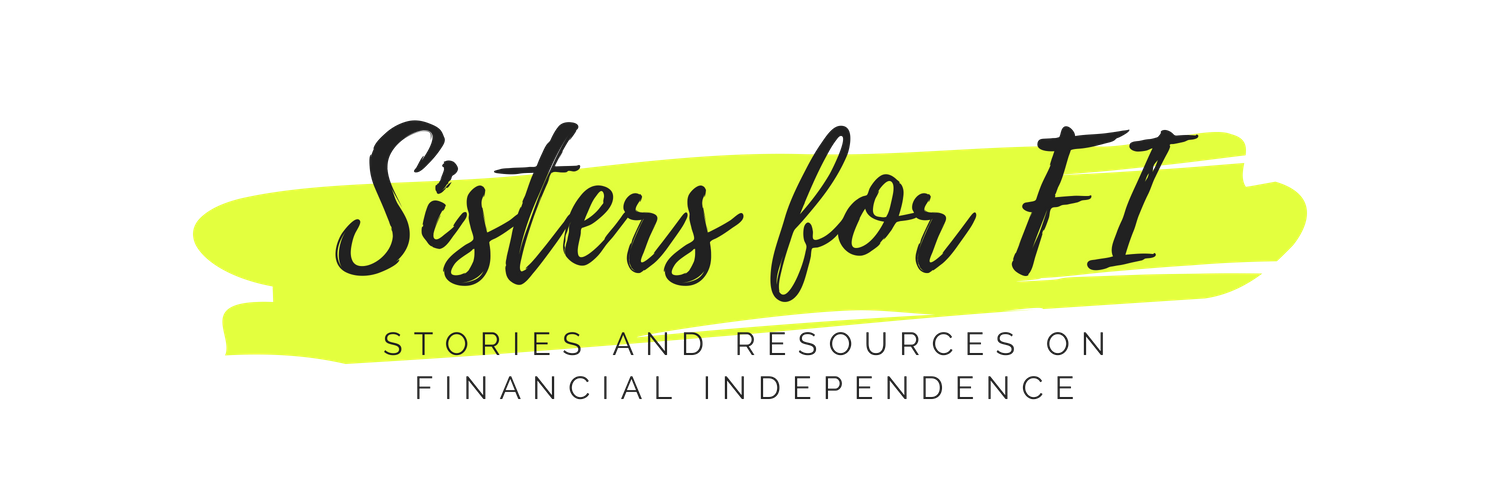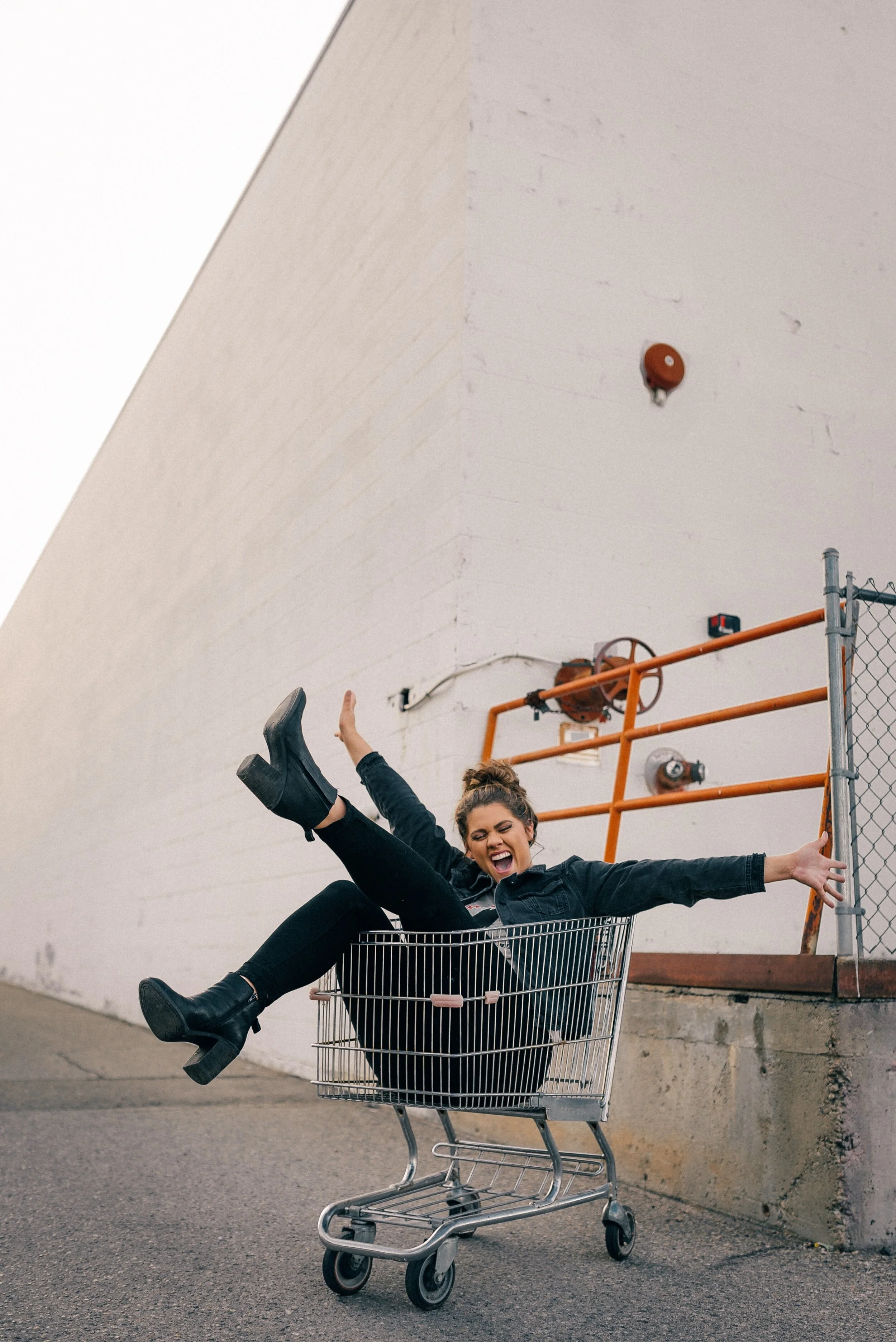40 Day No-Spend Challenge: Here’s What I learned
So what’s a No-Spend Challenge and why did I do it?
A No-Spend Challenge is self induced commitment or challenge to one’s self to not spend money in a certain period of time. No-Spend challenges can range from one week to a month, or whatever you heart desires.
I actually did this last year, but I basically gave up online spending for 40ish days. It was a challenge last year, especially since it started right at the beginning of the pandemic and all I wanted to do was online shop in lieu of in-person activities. This year, I wanted to do the same as a way to challenge myself and practice self-restraint, but also give my wallet a break. I went into this not expecting some crazy lifestyle change to keep forever, but to be more mindful of the things I already have and how my daily living, emotions, and whatnot influence my spending habits.
How long was my No-Spend Challenge?
My challenge period was from Wednesday, February 17th to Sunday, April 4th. That’s actually 46 days. I aligned my challenge with the religious observance of Lent, but I could have implemented this at any time of the year.
What No-Spend Parameters did I set up?
No spend challenges usually have a common baseline: don’t spend money for XYZ days/weeks besides for paying rent/loans/necessary bills. Some people may go the extra mile and cancel unnecessary subscription services that were superfluous to their lifestyle, some may decide to keep it.
Personally, I kept it pretty lenient and more on the basis of no online spending, rather than including no spending in person. I kept spending in-person as an option because I don’t spend money in person often, especially nowadays. I haven’t been to a mall in over a year. I’m not going anywhere and I have to be more true to myself if I do happen to go somewhere in-person if I really need something. I also made others rules for myself. My spending rules were as follows:
Continue paying rent, utilities, internet
I kept my one subscription: Spotify
No Instacart, UberEats, GrubHub, DoorDash, etc.
No online shopping.
Exception to online spending: Money used for personal professional investment, like memberships to professional organizations or
I could use unused funds to make deposits in other accounts: savings, IRA, investments, etc.
As you can see, I left it pretty open to myself, but as someone who normally loves to buy clothing, makeup and skincare, and stationery online, I easily cut myself off from all of those things.
Here are some of my observations from my no-spend challenge.
The Fear of Running Out is Real
Are you the type of person to use up something only to realize you don’t have a backup in the cabinet or closet? Or are you the type to have multiple backups just in case? I’m the latter. I like to keep things in stock, meaning I tend to overbuy items. Sometimes this is to my detriment because I can’t get through everything fast enough and sometimes products or food expire. I realized I had plenty of items to last me and that I don’t need to constantly worry about running out of something.
I had to get Creative in the Kitchen
I’ve been using InstaCart for some of my groceries during the pandemic, like for meats and prepackaged foods. I also love to order takeout on the weekends using UberEats, DoorDash or GrubHub. Food is essential but I don’t need to order sushi. I don’t need to have someone else make me a burrito. I don’t need to have pad Thai for dinner. I have a small grocer on my street where I buy my produce and essentials like milk and eggs, but I was more limited with my other foods. I had to slowly use up what I had in the kitchen. I was lucky enough that I was able to make an in-person trip to the Asian grocery store and pick up some other foods, but I didn’t have access to all the foods I usually buy or make. This isn’t groundbreaking, but I really had to remind myself that I have perfectly good food in my fridge and pantry and that I just needed to cook something up for myself and use up what I already had.
That Urge to Spend Subsides
Sometimes when I want to buy something, I try to “sleep on it” and give myself some time to think about the spending decision. Sometimes you just want to buy something because you saw a great deal and not necessarily that you need it. I realized that with time and restraint, that urge to spend subsides. Overtime, it gets easier to forget that thing you wanted to buy simply because it didn’t actually affect your day to day lifestyle. If you find yourself constantly thinking about a particular item, perhaps you actually really want it, but often we don’t. Our wants and desires can sometimes be fleeting, so it’s important we don’t always act on impulse.
You reclaim back time
An interesting thing that happens when you institute a No-Spend Challenge is that you free up a bit of your time. Knowing you can’t easily buy something means you aren’t as likely to spend a lot of time browsing for sales or looking at eCommerce websites or reading product reviews. Some days you do because it’s out of habit, but some days, the need to research or check the price goes away allowing you to free up your time to do something else.
Sometimes the Unexpected Happens
Like I mentioned earlier, I allowed myself to spend money in-person because it was very rare that I went out to begin with. However, there were a few times that I did spend money that I wasn’t expecting. One example was that I ended up having to do a site visit for work. I don’t have a car, so I had to Uber to and from the site, which wasn’t accessible via public transportation. Another example of making an online order was that a friend’s family member passed away and I wanted to send flowers and my condolences to the family. Sometimes life happens. It’s not the end of the world if something unexpected happens and you need to break your challenge for whatever reason.
I Started to Create a To-Buy List
I found myself creating a to-buy or shopping list, but because I couldn’t buy anything and everything on a whim, I was able to focus on items that I wanted to prioritize buying. My list consisted of things that were either more time sensitive or needed, not necessarily that I saw it was on sale. For example, my list of items included:
A specific brand of sunscreen that I like to use in the summer
Specific makeup products from a brand that’s going out of business
Vacuum seal bags to help consolidate my belongings for when I move in a few months
Acrylic drawers that just got restocked, after being sold out for months
As you can see, they’re not particularly essential items, but a much shorter list of things I prioritized. I didn’t add every article of clothing or cool gadget that I saw and liked the past 40-something days because I realized I didn’t care for them.
Be open and transparent about your challenge
Depending on your lifestyle and no-spend challenge length, it can be either easier to implement or more difficult depending on who you interact with. I live with a roommate, so I only have to worry about myself when I buy things. I also told some of my friends and family about my challenge to either hold me accountable or understand that I can’t buy or spend money on certain items. Some people in our lives are spending enablers. Sometimes it’s not easy to talk about money with friends and family, but you need to set boundaries and expectations.
I was able to focus on my money goals.
My money challenge happened to coincide with receiving the 3rd stimulus check, as well as tax season.
I filed my taxes a little later this year, so I didn’t receive a refund during the challenge, but I did receive the $1,200 stimulus. Since I wasn’t spending as much on random things, I was able to focus on some of my other money goals and how I could distribute this money to my accounts. Should I save or invest? Should I pay off some debt or contribute to my ROTH IRA? I had more disposable income that allowed me to bulk up my emergency fund, pay off some debt, as well as contribute to my varying investments.
------------------------------------------------------
If you’re looking to implement a no-spend challenge. Here are some tips to help you get started:
1. Be Realistic about the Timing.
If you’re going to do a month-long challenge, don’t plan to do it during the holidays or during a month you’re going on vacation. If you have a busy month full of birthdays, anniversaries, and special occasions and know you need to buy gifts, supplies, or whatever, be realistic about your spending. Choose a time period that you can focus on not spending.
2. Customize the items you want to cut out of your life.
We all spend differently and no-spend challenges can help curtail the spending that really hurts us and our wallets. You can go all in or you can select what you want to cut out. Here are some ideas of things to cut out:
Eating out
Drinks (your daily coffee run, smoothies, happy hours, etc.)
Subscription services
Uber/Lyft rides
Streaming services
Clothes
Beauty and skincare
Meat (or other food products)
Specific stores like Amazon, Target, etc
3. Tell a friend, significant other, or family member(s)
Self-discipline is important, but having a support system is also important. Tell someone you trust about your no-spend challenge, so they can check up on you, hold you accountable, and not be an enabler. I have friendships where we love to talk about getting great deals on clothing, makeup, and miscellaneous things, but I let them know that I was not spending unnecessary money for a few weeks. They were more mindful and respectful to not send me deals that would tempt me.
4. Make Spending More Difficult
If you find yourself giving in to spending very easily, make it more difficult to use your card in the first place. Either put your card away in a place that’s not as accessible or don’t bring certain cards at all. Delete any saved card information on your phone and computer. Block certain websites on your web browser or use an extension to limit the amount of time spent on a certain site. I like to use StayFocusd. If you tend to use cash, limit how much you carry around or set very specific cash budgets.
5. Figure out what you want to do with that extra time and money.
If you aren’t shopping, consider what else you could be doing with your time. Additionally, just because you aren’t spending now, doesn’t mean you should spend that saved money. Think about how you can use that money for a better use to practice financial wellness.
40 Day No-Spend Challenge: Here’s What I learned









